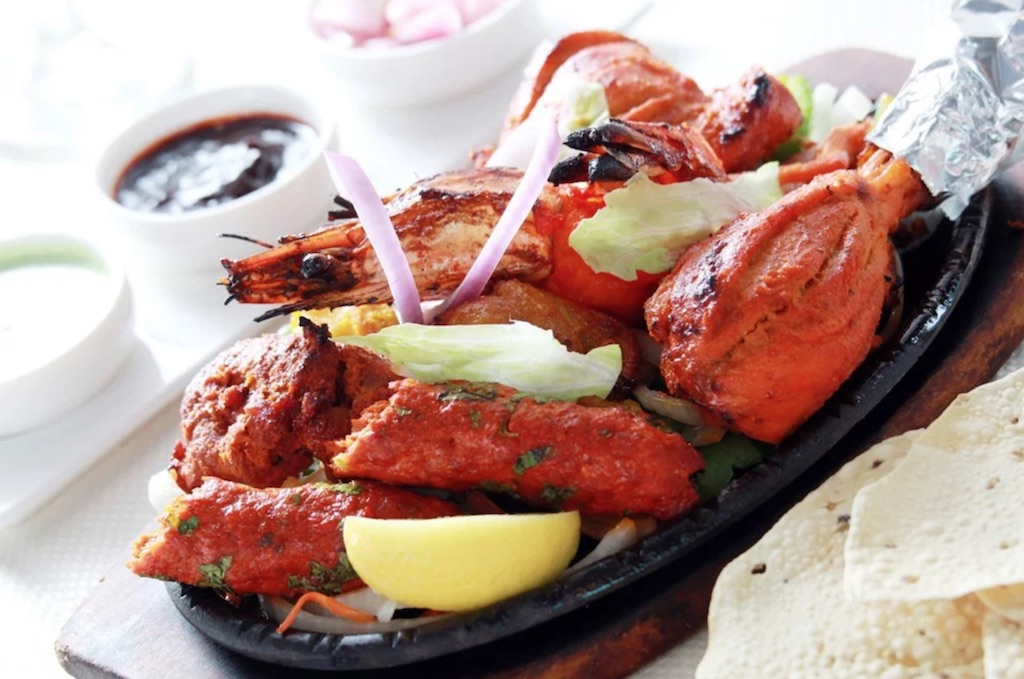Diners in Asia will spend an arm and a leg on Old World cuisine, yet balk at paying anything like the same for local fare. But is one plate of ravioli really worth four bowls of soup dumplings? No wonder we ended up with Iberico char siu.

You know what’s funny? Hearing people say a HK$200 (US$25) plate of ravioli is reasonably priced at a fine-dining Italian ristorante in Hong Kong, while at a local noodle joint they howl that it’s grand larceny if a bowl of wonton costs more than HK$50.
Think about it: they are similar foods using similar ingredients. The Italians might use expensive cheese or parma ham, but good-quality shrimps used for wonton are not cheap, either. Even if you argue the food costs in the premium ravioli are higher, is one pasta worth four bowls of soup dumplings?
The economics of gastronomy has its own weird caste system. People think that certain dishes have to be inexpensive to be authentic and valued, while also believing that Old World cuisines should cost an arm and a leg, even if the main course consists of a grilled chicken breast.
From our partners:
The bearded and tattooed expat chef might argue: “Oh but our poultry is organic, raised on black truffles, bred on an estate once owned by the Marquis de Lyon and we can trace the hen’s lineage back two centuries.”
Does that make their imported filet de poulet exponentially so much more expensive than the HK$59 grilled chicken with spaghetti in black pepper sauce I had for lunch in a canteen in industrial Ngau Tau Kok?

Sadly, we’ve accepted this culinary hierarchy as normal. No matter how good an Indian restaurant is, people expect it to cost what it would at Chungking Mansions, and won’t pay fine dining prices for dal or tandoori. That is not just what the customers say; that is what an Indian restaurateur told me, and explains why he can’t put his high-end Indian restaurant on a ground floor location where the rent will be higher.
It’s not just South Asians. Singaporeans and Malays consider it highway robbery if a nasi lemak isn’t hawker-stall priced. Thais scoff at fancy restaurant pad Thai and lemongrass pork satay because they think such dishes should only cost a handful of baht. And don’t you think Middle Eastern businessmen cringe at the inflated price of hummus and falafel in Hong Kong?
Gastronomic bias might be the last bastion of colonial imperialism. European cuisines are somehow considered classics, and are the standards by which the Michelin Guide is adjudicated. That is why only cuisines that copy their formal presentation are considered “fine dining”.

When a hawker or a dim sum stall wins such recognition, it feels like a barrier-breaking moment, the food equivalent of Ang Lee’s Crouching Tiger Hidden Dragon at the Oscars. But afterwards, they’re expected go back to their public housing stall and keep the menu at poverty wage prices. Meanwhile, we continue to fork out thousands for a meal so hipster chefs can replenish their sculpting beard mousse.
Didn’t Martin Luther King have a dream that one day chefs of all races will be judged not by the colour of their skin but the content of their casserole?

What our oppressed noodles need is a bit of culinary upbranding. Pizza was never a gourmet thing but we were converted to the religion of doppio zero flour and pray at the altar of wood-burning ovens. The same goes for humble hamburgers elevated to an artisanal craft with bespoke prices. Paella gets an extra stamp of authenticity when a Valencian chef can boast that it’s an obscure regional recipe. It might be a hick village populated with only old women and stray dogs, but if you romanticise it, it’s worth more than HK$400 plus 10 per cent.
It’s a wicked game of gimmicks and hucksterism. Who can blame upscale Cantonese eateries for trying to sell us exorbitantly priced Iberico char siu. Now who wants to go for some luxury claypot rice with artisanal preserved sausages?
This feature is written by Andrew Sun & originally appeared in South China Morning Post.
















